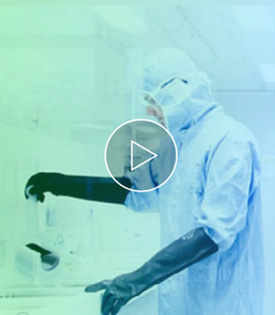Alcohol Dehydrogenase (from Yeast), MP Biomedicals
Supplier: MP BIOMEDICALS (FKA ICN BIOMED
Alcohol dehydrogenases are a group of dehydrogenase enzymes that occur in many organisms. It is a metalloenzyme containing four tightly bound zinc atoms per molecule. Each subunit also contains a second zinc atom (conformational zinc), which stabilizes the enzyme’s tertiary structure. Per subunit, there are two distinct active site sulfhydryl groups which can be distinguished on the basis of differential reactivity with iodoacetate and butyl isocyanate. A histidine residue is considered to have an essential role.
- Grade: 2× Crystalline
- Presentation: Off White Flaky Powder
- Isoelectric Point (pl): 5.4 (lit.)
- Extinction Coefficient (E1%): E1%260= 12.6(lit.)
- pH: Optimal pH: 8.6-9.0 (lit.)
Alcohol dehydrogenase catalyzes the reaction: RCH2OH +NAD+ ↔ RCHO + NADH + H+ It facilitates the interconversion between alcohols and aldehydes or ketones with the reduction of nicotinamide adenine dinucleotide (NAD+ to NADH). In biotransformation, alcohol dehydrogenases are often used for the synthesis of enantiomerically pure stereoisomers of chiral alcohols.
Yeast alcohol dehydrogenase (yADH) serves as an excellent model system for enzyme-catalyzed H transfer because unlike many other enzymes, the chemical step, oxidation of a primary alcohol to an aldehyde by NAD+, is rate-limiting with aromatic substrates.
Yeast ADH, which has a more narrow specificity than that of liver enzyme, accepts ethanol, is somewhat active on the straight chain primary alcohols, and acts to a very limited extent on certain secondary and branched chain alcohols. NADP does not serve as coenzyme.
Activators: Sulfyhydryl activating reagents, mercaptoethanol, dithiothreitol, cysteine, etc., and heavy metal chelating reagents.
Inhibitors: Heavy metals and -SH reagents.
Stabilizers: Dilute solution of the enzyme may be stabilized by serum albumin, gelatin, and/or glutathione or cysteine. At pH values below 6.0 and above 8.5 the enzyme is increasingly unstable. More concentrated solutions of the enzyme in high purity water, near neutrality, are stable several days at 5°C.
Learn more

About VWR
Avantor is a vertically integrated, global supplier of discovery-to-delivery solutions for...